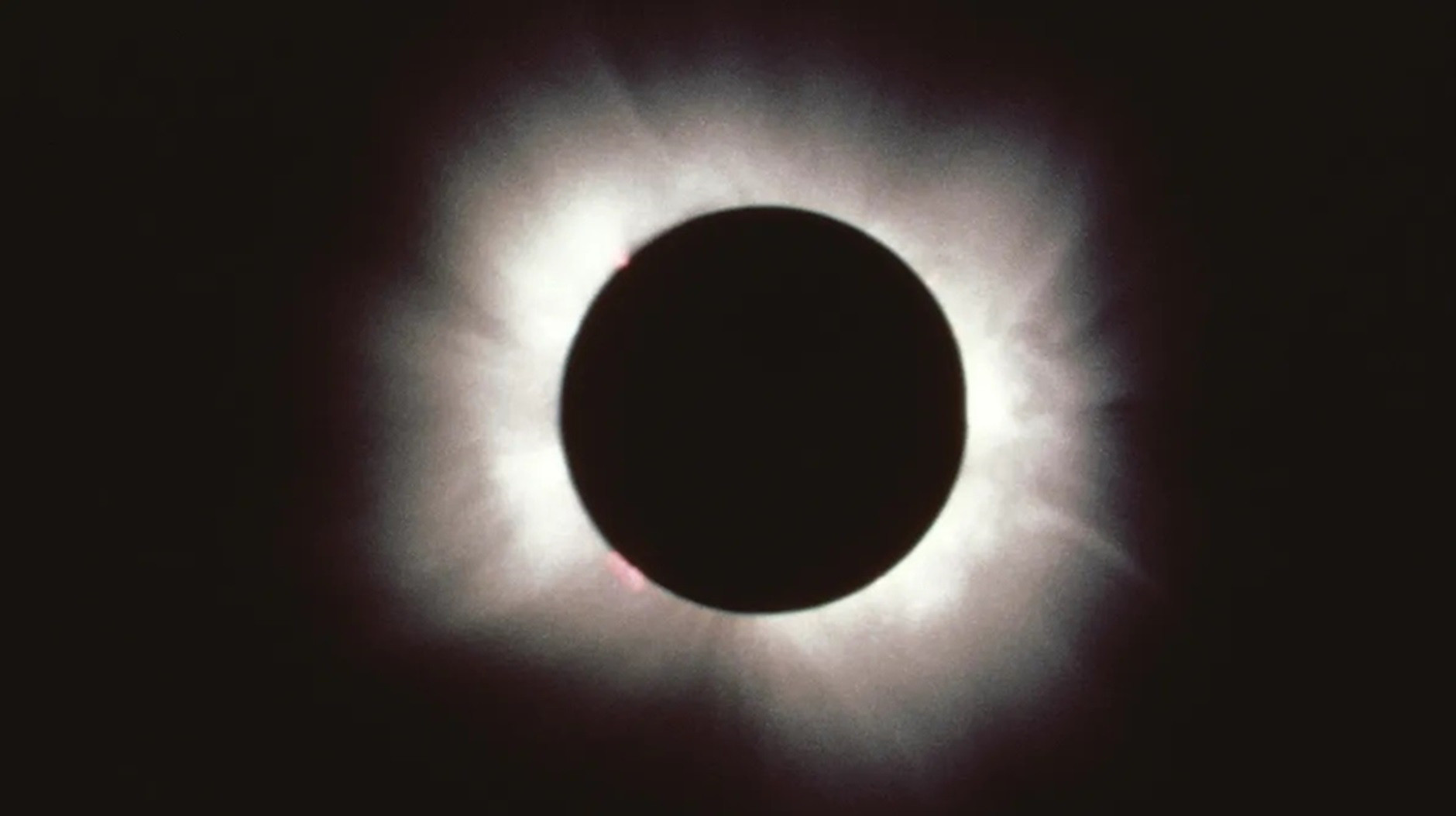The total solar eclipse of 2024, which will occur on April 8, is considered the most wonderful solar eclipse in hundreds of years.

By pageSpace.comMillions of people in northern Mexico, the United States and southeastern Canada will have the opportunity to observe a total solar eclipse with darkness covering the daytime sky on April 8.
Here are 6 reasons why the 2024 total solar eclipse will be the best in hundreds of years and for many years to come.
The total eclipse will be visible for 4 minutes and 28 seconds in Mexico. At the Mexico-US border, the viewing time will be 4 minutes and 26 seconds.
The last time a total solar eclipse this long occurred in North America was on June 16, 1806, when it lasted 4 minutes and 55 seconds.
Anyone who has ever seen the Sun's corona with the naked eye during a total solar eclipse knows what a spectacular sight it is. During solar maximum, when the Sun's activity is at its peak, the corona becomes larger and brighter, resembling a sunflower.
The last time a total solar eclipse was visible in North America coinciding with solar maximum was February 26, 1979, when the total eclipse lasted 2 minutes and 49 seconds.

The longer a total solar eclipse lasts, the darker it gets. The darkness depends on the eclipse's magnitude - the portion of the Sun's diameter that the Moon covers, which affects the width of the eclipse's path.
In 2017, the magnitude was 1.03 and the path of totality was about 113km wide. The sky was so dark that Venus could be seen. On April 8, the magnitude will be 1.05 and the path will be about 185km wide, revealing Jupiter as well as Venus.
Comet 12P/Pons-Brooks will be visible during the total solar eclipse on April 8, when it will be relatively close to Jupiter.
The last time a comet was observed during a total solar eclipse was on December 14, 2020 in Chile and Argentina.
About 31 million people live in areas of 15 US states within the path of this year's total solar eclipse, according to the websiteGreatAmericanEclipse.com.
Adding northern Mexico and Canada, the figure is about 40 million people compared to about 12 million during the 2017 total solar eclipse.
About a quarter of the people who will be able to observe the total solar eclipse on April 8 will be urban residents, about 10 million people.
Major cities in the path of this total solar eclipse are Mazatlan and Torreon in Mexico, the Dallas-Fort Worth-Arlington area, Austin and parts of San Antonio in Texas, and the US cities of Little Rock, Indianapolis, Cleveland, Buffalo, Rochester and Hamilton, Niagara, St. Catharines, Kingston and Montreal in Canada.
There are many other reasons why the 2024 total solar eclipse is so sought after, such as this will be the last total solar eclipse in North America until the next one in Alaska (USA) on March 30, 2033...
TH